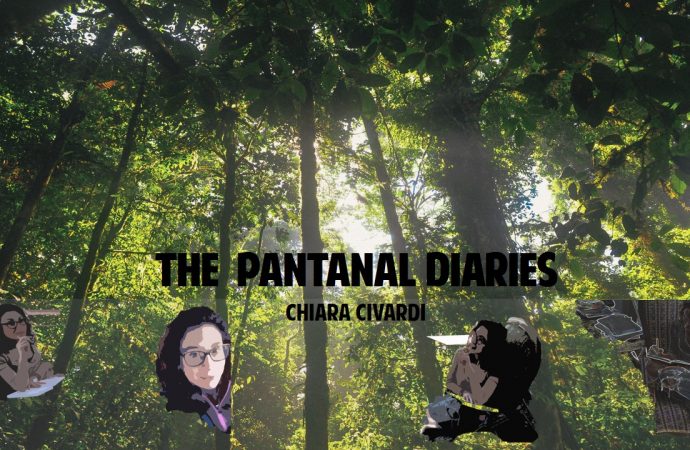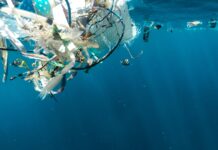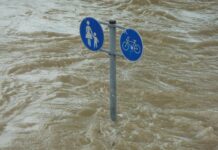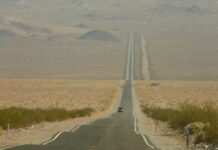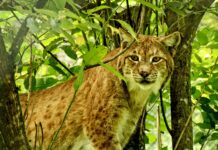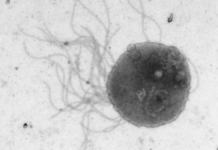[su_heading] While chasing peccaries, Chiara Civardi spends the next two weeks investigating the ecosystem of Brazil’s Pantanal. As a volunteer for the Wildlife Conservation Society (WCS) she will try to understand and diminish human’s influence on the local flora and fauna. [/su_heading]
I was lying in my bed when I received an email from Brazil. “The day you arrive, we go straight to a meeting with authorities in another municipality to know about milk production. It is part of the project activities. And only later we go to Quinta do Sol so get ready for a long day”. A long day, indeed. I put the phone away and felt asleep while counting… piglets! You’re probably missing some pieces, right? Let’s start from the beginning.
The Pantanal
Brazil is now on everyone’s lips, either for the Olympics, the political turmoil, or the scary Zika virus. Everyone seems to be an expert on Rio de Janeiro, Sao Paulo, and the Amazon forest. However, there is another very special area we should all know about: Pantanal. The word comes from the Portuguese term for swamp: pântano. In fact, this is the World’s largest wetland. The flooding causes a mosaic of lands, either emerald green and rich in vegetation, or drier areas. It has the features of a tropical forest, a savanna, and aquatic environments. All in one. Therefore, here you can find a tremendous variety of wild species: anacondas, caimans, capybaras, jaguars, monkeys, tapirs, and piglet-like animals called peccaries. This is truly a unique and delicate ecosystem. And, of course, it’s under threat. The responsible is, as usual, mankind.
The main issue is related to farming activities, which cause alteration of the native flora and fauna, deforestation, loss of habitat for different species, just to name a few problems. For example, let’s get back to the cute peccaries. We would imagine them to be chubby, however they are now under a strict diet. Deforestation is giving them a hard time finding fruits to eat. If they can’t have fruits, they can’t spread the seeds around. This means no new plants, and even fewer food. Further, as gross as it may sound, if peccaries don’t get on some weight, there won’t be much meat on the bone for pumas and jaguars, which would starve too. It is a domino effect that can ruin the entire Pantanal.
The Wildlife Conservation Society
At least, we have a hero in this story: the Wildlife Conservation Society (WCS) of Brazil. A team of scientists whose “mission is to conserve wildlife and ecosystems by generating and applying innovative scientific and field-based solutions to critical problems”. Even more, they offer the opportunity to help them as a volunteer or intern.
Monitor the local flora and fauna, understand the mechanisms behind the delicate Pantanal’s ecosystem, determine the impact of cattle farming on the region, engage the local community in conservation issues, and -of course- chase peccaries! These are some of the activities available. It sounds too good to be true, but it actually is.
So, here’s the deal: I will fly to Sao Paulo, but my journey won’t finish here. No immersion into the metropolis lifestyle: another flight will bring me to Campo Grande, and from there I will move into the wild. For two weeks. It is going to be a terrific adventure. Not only will I be able to explore new regions and see wild animals, but I will also learn something new and, most importantly, contribute to the Greater Good. All of this with the best experts you can get!
Are you ready to fly with me?
References:
Keuroghlian, A., Andrade Santos, M., & Eaton, D. (2015). The effects of deforestation on white-lipped peccary (Tayassu pecari) home range in the southern Pantanal Mammalia, 79 (4) DOI: 10.1515/mammalia-2014-0094
[chiara] Environment,brazil, pantanal, wcs,deforestation [/chiara]
